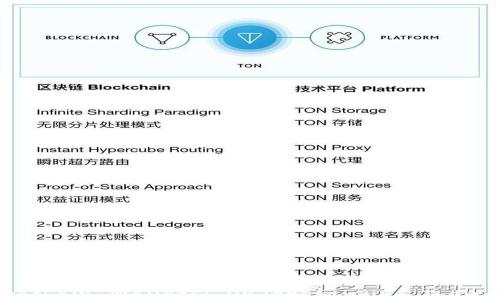In the rapidly evolving world of digital finance, one of the most crucial tools for managing and securing cryptocurrencies is the blockchain wallet. Whether you are a novice looking to dip your toes into the world of digital currencies or an experienced investor managing a diverse portfolio of digital assets, understanding how blockchain wallets operate, their various types, and their fundamental importance is essential.
A blockchain wallet is a digital wallet used to store, send, and receive cryptocurrencies such as Bitcoin, Ethereum, and many others. Unlike traditional wallets that hold physical currencies, a blockchain wallet manages the cryptographic keys required to perform transactions in the blockchain realm.
These wallets do not store currencies in a physical sense. Instead, they store the public and private keys that allow users to access their funds on the blockchain. The public key is akin to an email address—it's what you share with others to receive funds, while the private key is like the password to your email—only you should know it, as it grants access to your wallet and control over your assets.

Blockchain wallets can be classified into several categories based on their accessibility and security levels. The three primary types of wallets include:
Security is of paramount importance when it comes to blockchain wallets. Users are directly responsible for the security of their wallets, and losing access to a private key often results in the permanent loss of funds. Here are some critical security practices:

Choosing the right blockchain wallet depends on various factors such as user experience, security preferences, and the intended use of cryptocurrencies. Here are some considerations:
Losing your private key is one of the most critical risks associated with using a blockchain wallet. Since blockchain transactions are irreversible and your private key is the only way to access your funds, losing this key means losing access to your cryptocurrencies permanently. To mitigate this risk, users should always create backups of their keys and recovery phrases. Many wallets provide an option to generate a recovery phrase consisting of a set of words, which you can use to restore your wallet and access your funds if you lose your device or the original keys.
The safety of a blockchain wallet largely depends on the type of wallet, its security features, and how users manage their private keys. Cold wallets, which store assets offline, are generally considered safer than hot wallets, which are connected to the internet. However, users can enhance their wallet security through best practices like enabling two-factor authentication, using strong passwords, and regularly updating wallet software. Ultimately, the responsibility of wallet security rests on the user, so education on security practices is vital.
Yes, many users opt to use multiple blockchain wallets to diversify their security strategies. For example, a user might choose a hot wallet for daily transactions and a cold wallet for long-term storage of larger amounts of cryptocurrencies. Using multiple wallets can help mitigate risks; if one wallet is compromised, the others can remain unaffected. However, managing multiple wallets can also be complex, so it is crucial to maintain thorough records of accounts and access keys associated with each wallet.
Transferring cryptocurrencies between wallets is typically straightforward but requires careful following of procedures to ensure security and accuracy. To transfer cryptocurrencies, you need the recipient wallet's public address. You would initiate a transaction from your wallet by entering the public address, specifying the amount you wish to send, and confirming the transaction. Most wallets provide instructions to guide you through the process. Always double-check the public address to avoid sending your funds to the wrong wallet, as crypto transactions cannot be reversed.
Fees associated with blockchain wallets vary based on the type of wallet and the transactions performed. Hot wallets often charge network fees for processing transactions on the blockchain. This fee compensates miners or validators who process your transaction and secure the network. Cold wallets typically do not incur fees unless you transfer funds to an external wallet. Additionally, some wallets may have withdrawal fees if you move funds to a different wallet or exchange. It's essential to review the fee structure of your chosen wallet to avoid unexpected costs.
ConclusionIn conclusion, understanding blockchain wallets and their functionality is a vital component of navigating the digital currency landscape. Whether you are trading cryptocurrencies daily or simply holding them for future investments, choosing the right wallet and implementing robust security measures will significantly enhance your overall experience. With varied types of wallets offering unique features, it’s essential to evaluate your needs and usage patterns to select the appropriate wallet that aligns with your goals in managing your digital assets. Remember, while the technology around blockchain continues to evolve, the principles of security and user responsibility remain paramount in ensuring a safe and successful cryptocurrency journey.
```
leave a reply